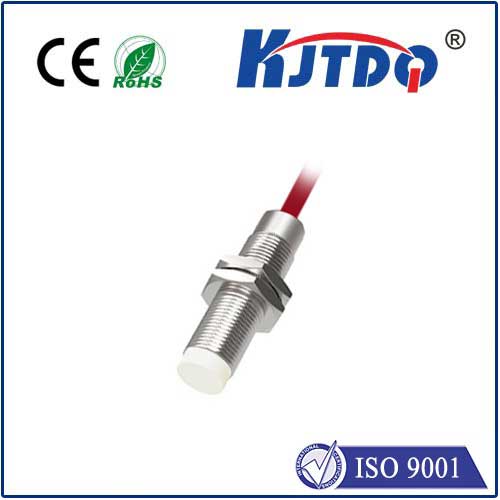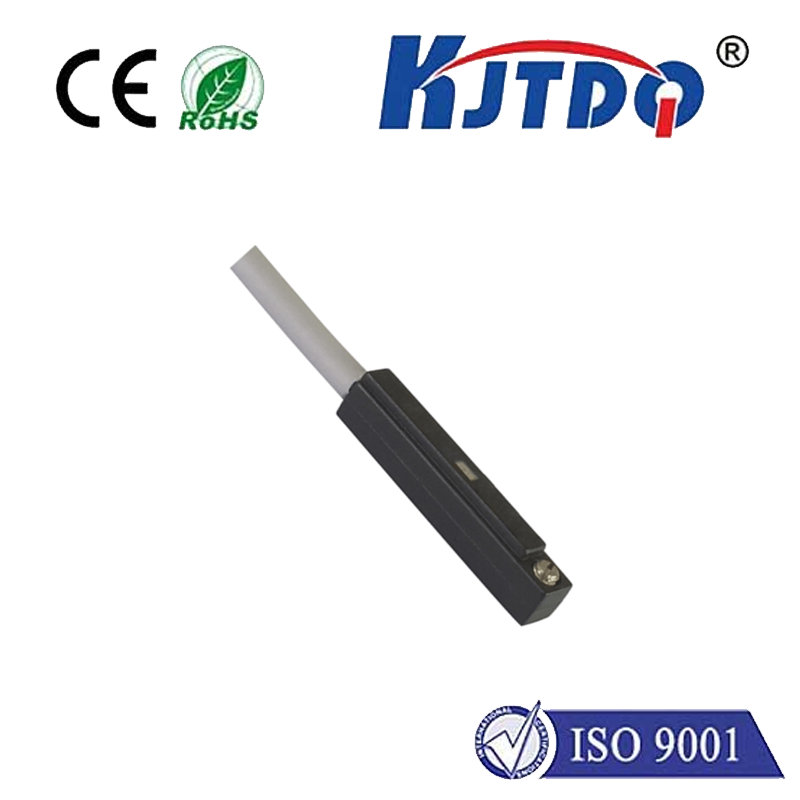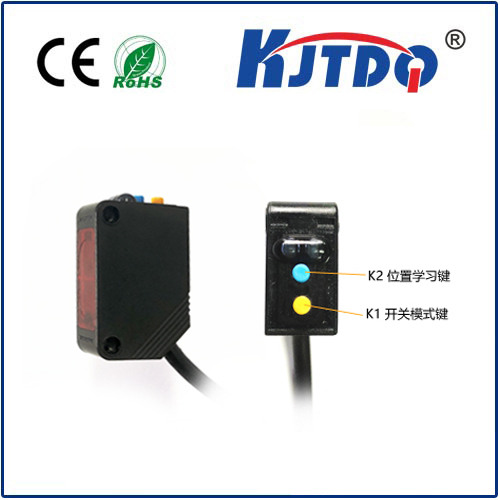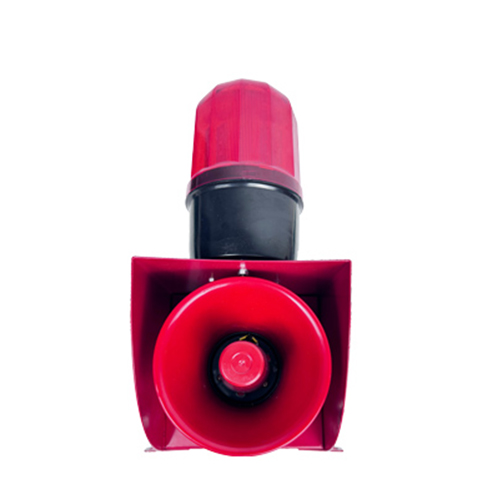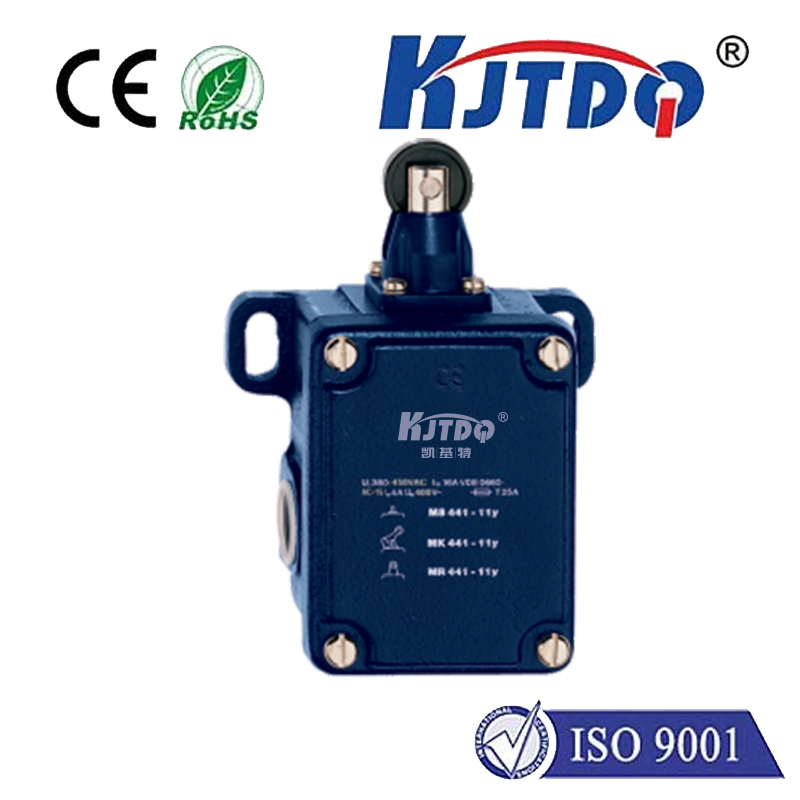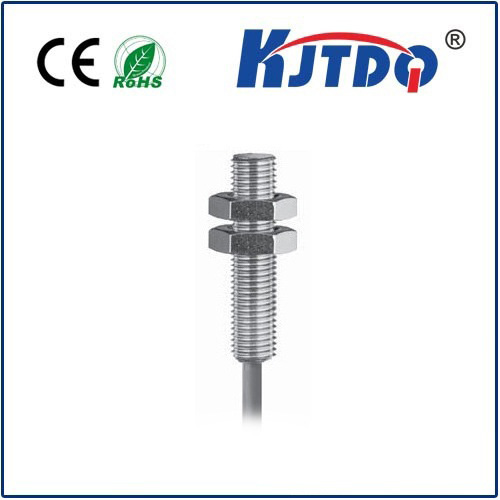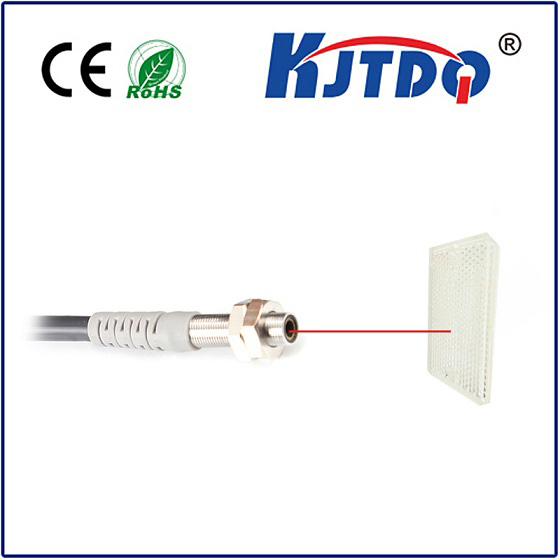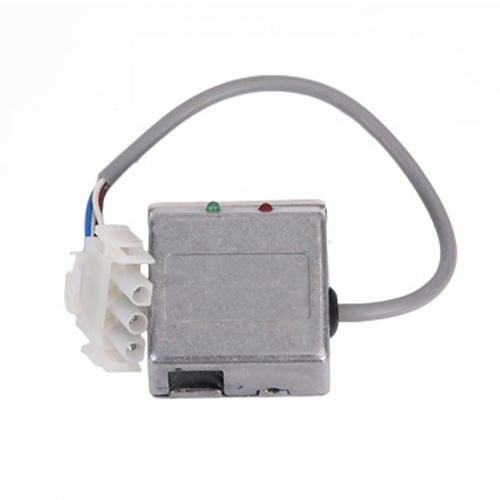ac proximity switch
- time:2025-06-15 01:24:24
- Click:0
AC Proximity Switches: The Workhorse of Non-Contact Detection
In the humming heart of industrial automation, where precision and reliability are non-negotiable, one component silently performs millions of critical detections day in and day out: the AC proximity switch. Forget clunky mechanical limit switches prone to wear and tear. This unsung hero offers non-contact sensing, a game-changer for countless applications demanding durability and speed. But what exactly sets AC-powered proximity sensors apart, and why do they remain a cornerstone technology despite newer options?
Unlike their DC counterparts, AC proximity switches operate on the fundamental principle of electromagnetic induction using an alternating current. Here’s the core magic: an internal coil generates an oscillating electromagnetic field. When a suitable metallic target (typically ferrous metals like iron or steel) enters this detection field, eddy currents are induced on the target’s surface. These eddy currents act like tiny thieves, stealing energy from the sensor’s coil. This energy loss causes a measurable change in the oscillator circuit’s behavior – usually a drop in the amplitude of the oscillation.

The key differentiator and advantage of AC proximity switches lies in this inherent principle. Because they detect the power loss caused by eddy currents, they exhibit a remarkable hysteresis effect. Simply put, the switch point when the target approaches (switch-on point) is distinctly different from the point where it moves away (switch-off point). This built-in characteristic provides excellent noise immunity against minor fluctuations in the target position or environmental electrical interference. They are naturally robust against transient disturbances that could cause false triggering in other sensor types.
Why Choose an AC Proximity Switch? Core Strengths
- Exceptional Resilience: Their design, focusing on induction and power loss detection, inherently provides outstanding immunity to electrical noise (EMI/RFI). This makes them the go-to choice in electrically harsh environments common in heavy industry – near large motors, variable frequency drives (VFDs), and welding equipment.
- Inherent Overload Protection: AC proximity switches possess remarkable resistance to overloads and short-circuits. If the output circuit experiences a short, the internal design typically limits the current flow, often allowing the sensor to survive events that would damage or destroy a DC sensor. This translates directly to lower maintenance costs and reduced downtime.
- Long Operational Life: The complete absence of mechanical contacts for target detection means essentially zero physical wear during normal operation. These sensors are built for longevity, capable of enduring millions of cycles in demanding applications.
- High-Speed Operation: Capable of detecting targets at impressive speeds, often exceeding several hundred Hertz. This makes them suitable for high-throughput applications like counting objects on fast-moving conveyors or detecting camshaft rotation in machinery.
- Robust Construction: Built to withstand industrial punishment, featuring sturdy metal or high-grade plastic housings with excellent IP (Ingress Protection) ratings (e.g., IP67, IP68) for resilience against dust, water jets, oils, coolants, and physical impact.
Common Applications: Where AC Proigns Shine
The unique strengths of AC proximity switches make them ideal for specific, often critical, industrial scenarios:
- Heavy Machinery & Metalworking: Detecting the position of hydraulic cylinders, monitoring tool turret position on CNC machines, sensing metal slugs in stamping presses, confirming part presence in welding jigs. Their noise immunity is crucial here.
- Material Handling: Monitoring bin levels (metal containers), detecting metal parts on vibrating conveyor systems, confirming pallet presence at loading stations, end-of-travel detection on crane systems.
- Aggregate & Mining: Position feedback on large actuators or valves in plants, detecting large metal objects on conveyors moving rock or ore. Durability is key.
- High-Noise Environments: Any application near large motors, generators, transformers, or extensive power cabling where other sensors might suffer from interference.
- General Presence/Absence Detection: Reliably confirming if a metal part is in place before a process step begins.
Understanding Limitations: Choosing Wisely
While powerful, AC proximity sensors aren’t a universal solution:
- Metallic Target Requirement: They only detect metallic targets, primarily ferromagnetic materials (iron, steel). Non-ferrous metals (aluminum, brass, copper) require dramatically reduced sensing distances, and non-metallic objects are invisible to them.
- Reduced Sensing Range: Compared to modern DC sensors, AC proximity switches typically offer shorter nominal sensing ranges for the same housing size. This might necessitate closer mounting.
- Inherent Hysteresis: While beneficial for noise immunity, the hysteresis means the switch-on and switch-off points are physically separated. This gap needs consideration in highly precise positioning applications where the exact switching point is critical.
- Potentially Larger Size & Power Consumption: Older AC designs might be physically larger and consume slightly more power than their modern DC equivalents, though this gap is narrowing.
- Output Options: Traditionally offered two-wire configurations that switch the load current directly through the sensor. While simple, this can sometimes cause leakage current issues with sensitive controllers. Three-wire AC proximity switches are less common than DC variants.
Selecting the Right AC Proximity Sensor
When considering an AC proximity switch, focus on these key specifications:
- Sensing Distance: Nominal range for the required target material (usually mild steel).
- Hysteresis: Understand the difference between switch-on and switch-off points.
- Operating Voltage Range: Ensure compatibility with your AC supply voltage (commonly 20-250V AC).
- Output Configuration: Two-wire (series-connected) or three-wire (separate supply & output). Ensure compatibility with your load/controller.
- Current Rating: Ensure sufficient switching capability for your load (relay, PLC input, solenoid).
- Housing Material & Size: Stainless steel for harsh/corrosive environments, plastic for lighter duty. Size affects sensing range and mounting options.
- Environmental Ratings: Critical IP rating for dust and water protection, temperature range suitability.
AC proximity switches remain a fundamentally robust and reliable solution. Their inherent noise immunity, short-circuit resilience, and long life underpin their status as the workhorse of non-contact metal detection in tough industrial settings. While DC sensors offer advantages in range, target versatility, and integration ease, the unique strengths of AC technology ensure they hold a vital, irreplaceable niche where electrical noise is fierce, overloads are a risk, and absolute durability is paramount. Understanding their operating principle and core characteristics is essential for selecting the right tool for demanding automation challenges.












